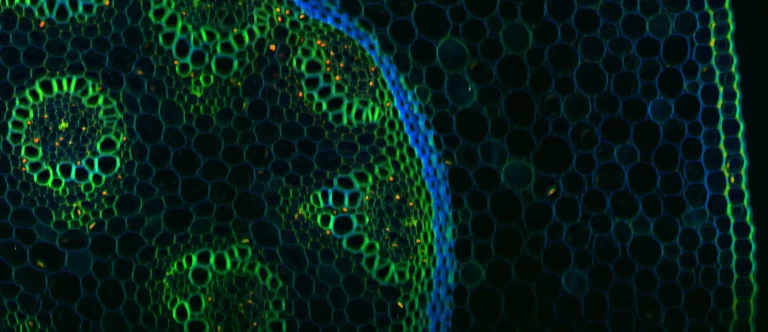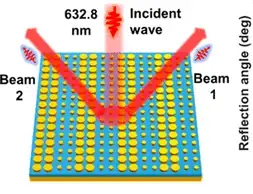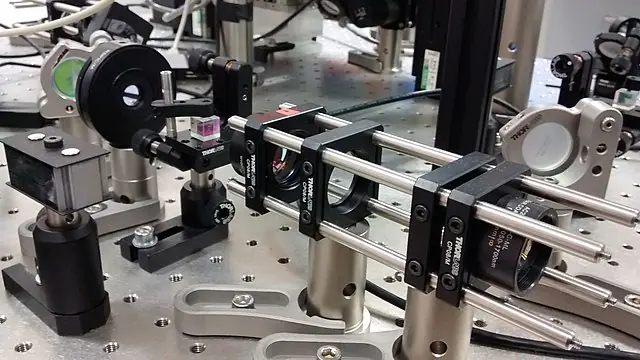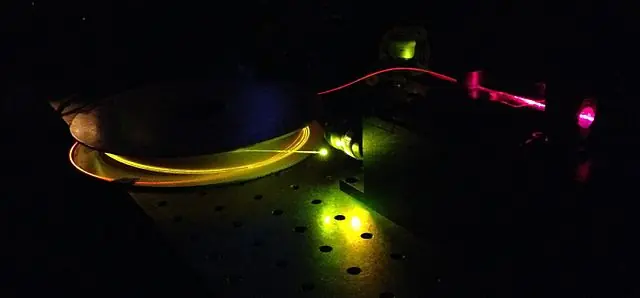Waveplates
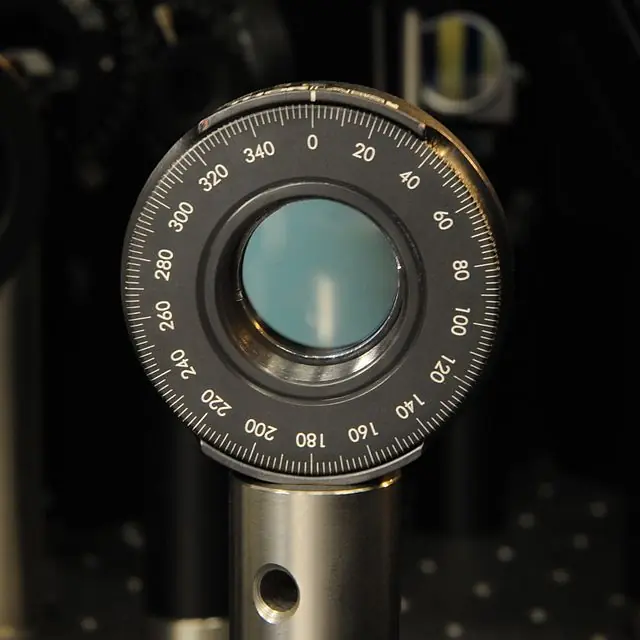
Waveplates, also known as phase retarders, are a type of optical device that is used to alter the phase of light waves. It works by introducing a delay or phase shift between the two perpendicular polarizations of light passing through it. This can be used to control the intensity, direction, and phase of light in various applications.
Waveplates are made of a birefringent material, which means that it has two different refractive indices for light with different polarizations. When light passes through a wave plate, the two polarizations travel at different speeds through the material, causing a phase shift between them. The amount of phase shift is determined by the thickness and refractive index of the wave plate, as well as the wavelength of the light.
There are two main types of waveplates: half-waveplates and quarter-waveplates. Half-waveplates introduce a phase shift of 180 degrees, which can be used to rotate the polarization of light by 90 degrees. Quarter-waveplates introduce a phase shift of 90 degrees, which can be used to change the intensity of light or to alter the direction of light.
Waveplates have a wide range of applications in fields such as optics, imaging, and laser technology. They can be used to polarize light, filter light, and control the phase of light in various devices and systems. They are commonly used in lasers, microscopes, telescopes, and other optical instruments.
In summary, a wave plate is a birefringent material that is used to alter the phase of light waves by introducing a delay or phase shift between the two perpendicular polarizations of light. It has a wide range of applications in various fields and can be used to control the intensity, direction, and phase of light.



